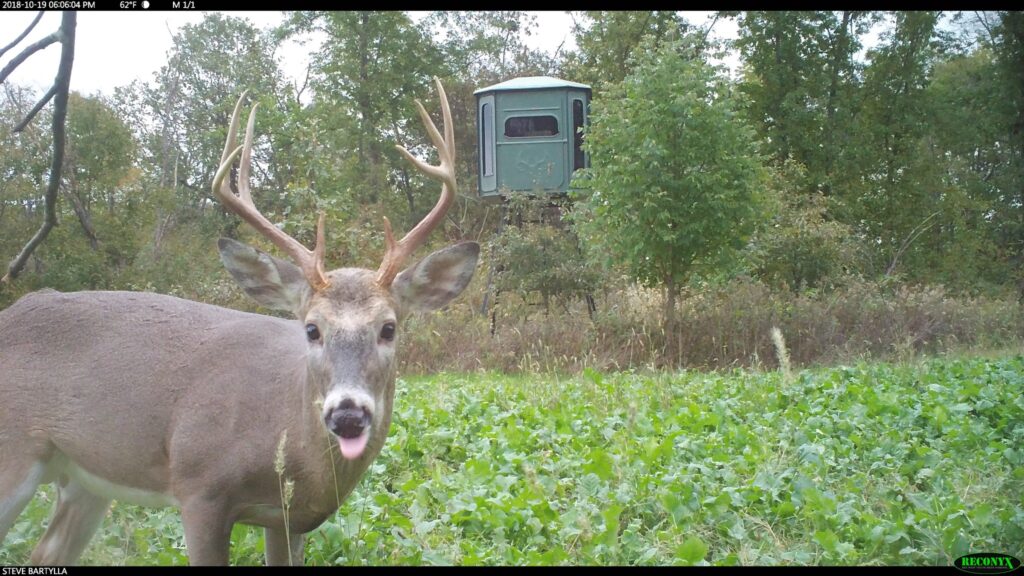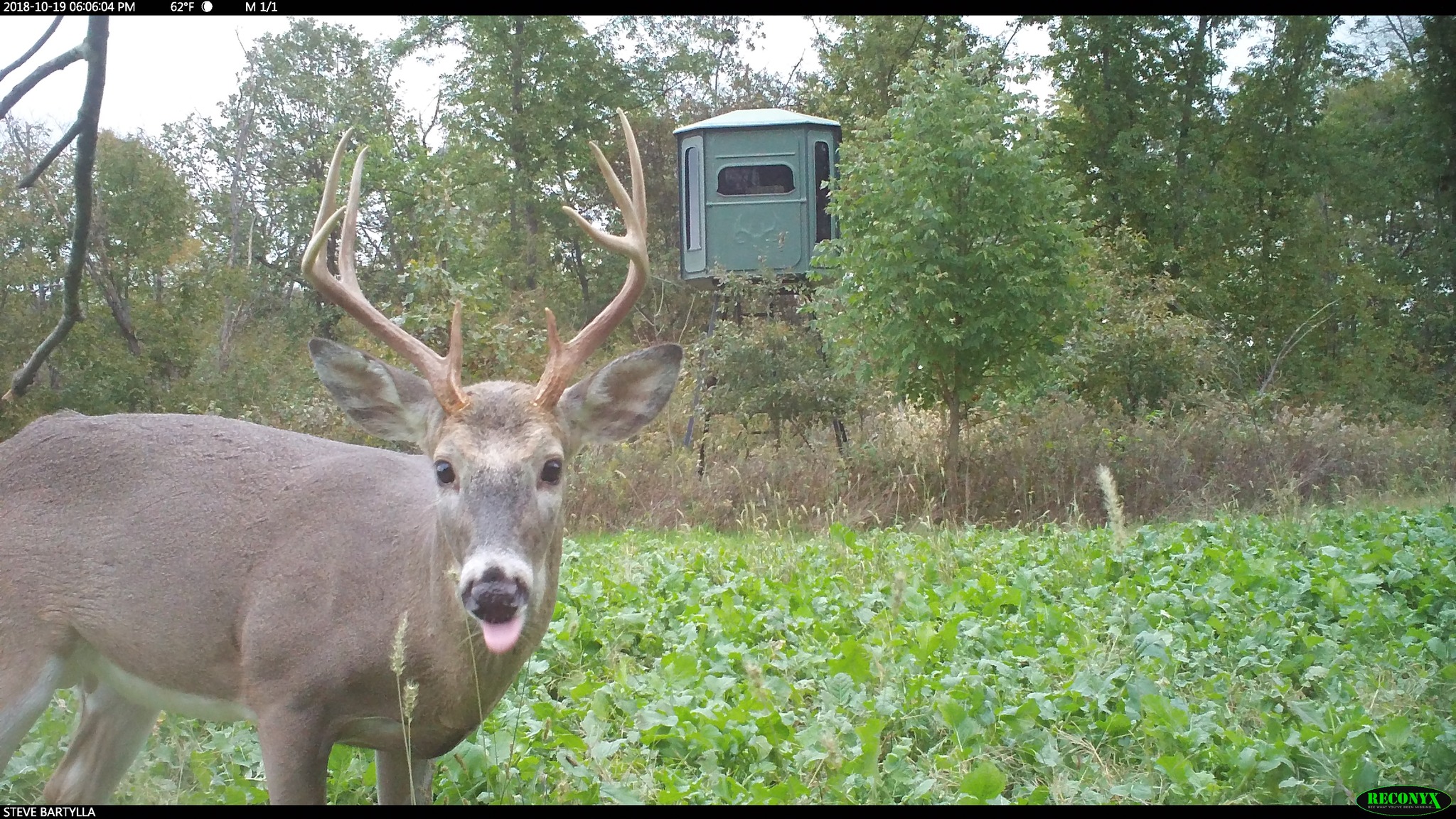Afraid life tossed me a curve on Friday. So, let’s talk using weeds to help germination rates, today.
When it applies to top seeded plantings (plantings from seeds merely tossed right on top of the soil), grasses and weeds can be used to create a blanket over the seeds. The result in around half the seed being pressed against the soil and the other half with a blanket of grass and weeds covering it. The end result is essentially the same as the seed being “planted” about an eight to a quarter of an inch deep in the soil.
Ease is a big advantage of this method. To establish a small seeded plot (clover, brassicas, chicory) or soft shelled larger seeds (cereal rye, oats, wheat), so long as it’s in an area that is suitable for growing the planting AND has generally has good or better soil moisture levels, we really don’t have to break the dirt.

Instead, we can do either of the following:
•Spray a contact only grass and weed killer, without a residual, such as roundup or the generic equivalent.
•Broadcast the seeds, at about 125% suggested rate, into the weedy and grassy plot.
•Allow the grasses and weeds to fall on top of the seeds, naturally.
•Pray for rain.
•Spray a contact only grass and weed killer, without a residual, such as roundup or the generic equivalent.
•Leave and wait for a week-14 days to return.
•Broadcast the seeds, at about 125% suggested rate, into the weedy and grassy plot.
•Use most anything to drag the dead and dying grasses and weeds down over the seeds.
•Pray for rain.
Sure, speed and ease is a huge advantage to this method, but there are a ton most don’t realize. All else being equal, the advantages of this method over traditional plantings is long, with these being just a few of the bigger ones:
•Doesn’t kill off subsoil life to close to the same extent
•Dramatically increases the soil’s ability to effectively handle water (decrease runoff, increase moisture holding capabilities and storage of water for droughts).
•Increases organic matter rates in soil way better/faster than turning soil.
I know the list short list doesn’t do a nearly powerful enough job at saying this, but those two variations of the same planting method is essentially my diaper to protect against droughts. During good or better growing seasons, these plots merely seem both a smidge lusher and, typically, a bit more spotty than traditionally planted plots.
On drought years, assuming I can get them established, plots done with this method shine sooo ridiculously brighter than those using traditional planting methods. Traditionally planted plots tend to look extremely weak and stunted during true droughts. Plots I create with these top seeding methods, IF I have the moisture to get them established, actually appear to thrive, unless it’s a truly epic drought.
Truth be told, once established, I’ve yet to have one of these plots fail, due to drought. To say these plots saved my butt in 2012 would be a tremendous minimization of how critical they were during the worst drought I’ve experienced and have paid off many more minor times since.
To put it in perspective, about half of all the plots I plant these days are more traditional and the other half are versions of top seeding.
As always, take anything of value and pitch the rest, my friends.

